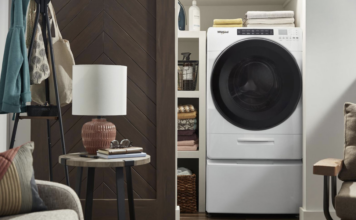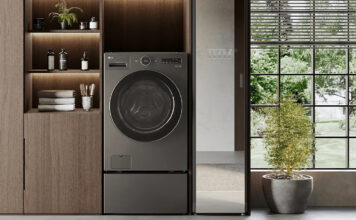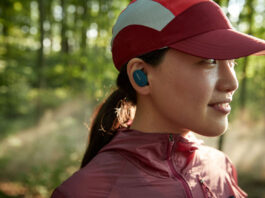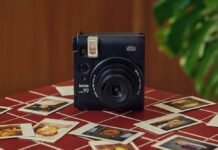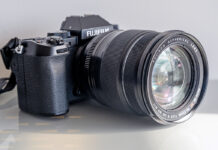
Finding the right camera is a process, though it doesn’t a have to be a difficult one if you know what you’re looking for. You may have decided you either want to buy a new camera, or upgrade to something that better suits your goals. Either way, options exist, and they come with some variety.
But which type of camera do you go for? A DSLR for old school mechanics in the digital age? A mirrorless camera for the benefits of a DSLR in a smaller body? Or a point-and-shoot to go really portable and open up other creative avenues that way? As a current or aspiring video creator, you want a camera that does everything you need it to, the way you want it to. Let’s go through the various types to see what you think fits best.
DSLR cameras

DSLR cameras have a direct lineage to the film SLRs of yesteryear, and it’s why their bodies are often bigger than other cameras. The main reason is the mirror inside. This is the piece that, when you press the shutter button to snap a photo, flips up to expose the image sensor inside to the scene coming through the lens. In the old days, film would be exposed that way instead of a sensor.
The advantage of having the mirror is that you see what it sees through the optical viewfinder. Peek through it, and you can easily frame your shot, even when the camera is off. Another advantage is that many DSLRs use familiar lens mounts, allowing you to use both older and newer lenses, including great ones from the days of film.
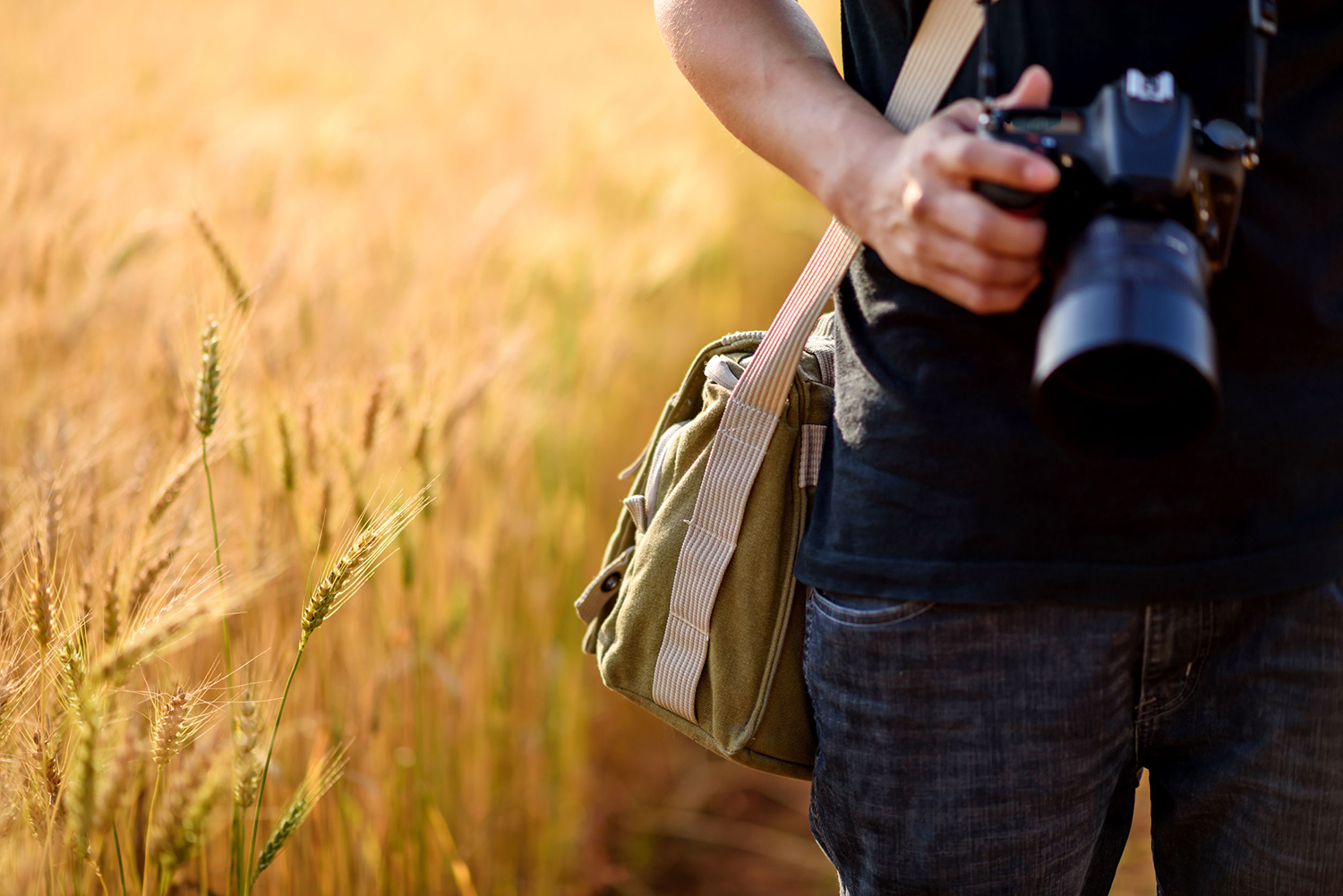
Shooting good video
While you may think of a DSLR purely from a photo perspective, they have become extremely adept at shooting high-quality video, up to 4K resolution, and all the way up to 8K. You have large displays in the rear to also capture footage that way, with full control over composition. Things like, exposure, shutter speed, aperture, ISO, metering, focal point, and so much more are right at your fingertips. Oftentimes, you can also save a group of settings and assign it to a specific button on the back.
As great as DSLRs often are, they can be cumbersome to take with you. If a lot of your video is stationary, where you mount it on a tripod, or use a gimbal or flat surface, then it may not be as big a drawback. But if you’re more active and shoot handheld a vast majority of the time, you should factor in the size and weight. Even more so if you’re also holding a stabilizer gimbal, which itself has heft to accommodate the camera.
Also consider what you might want to expand on the camera itself at a later time. You may want other lenses to increase your range and the focal lengths you’re capable of shooting. Or you may need smaller tripods, which would also have to be able to handle the weight. Maybe you want to attach a rig, so you can add handles or other supporting gear to help produce great content.
Technicalities
DSLRs have large image sensors, and you will want those if you’re aspiring to make footage look highly detailed and cinematic. That helps with focus, where the foreground is nice and crisp, and the background bokeh nicely blurred. Larger sensors are also much better in low-light situations. When you need to shoot at night or in poorer lighting conditions, that sensor can make a world of a difference, though it’s worth noting that full-frame mirrorless cameras have caught up on this front.
Depending on how you plan to shoot footage, look out for any disclaimers referring to how long you can shoot in 4K (or higher). The reason why is because doing it for too long can make the camera heat up, which can be problematic if you’re looking to shoot long interviews, lectures, events or performances.
Mirrorless cameras
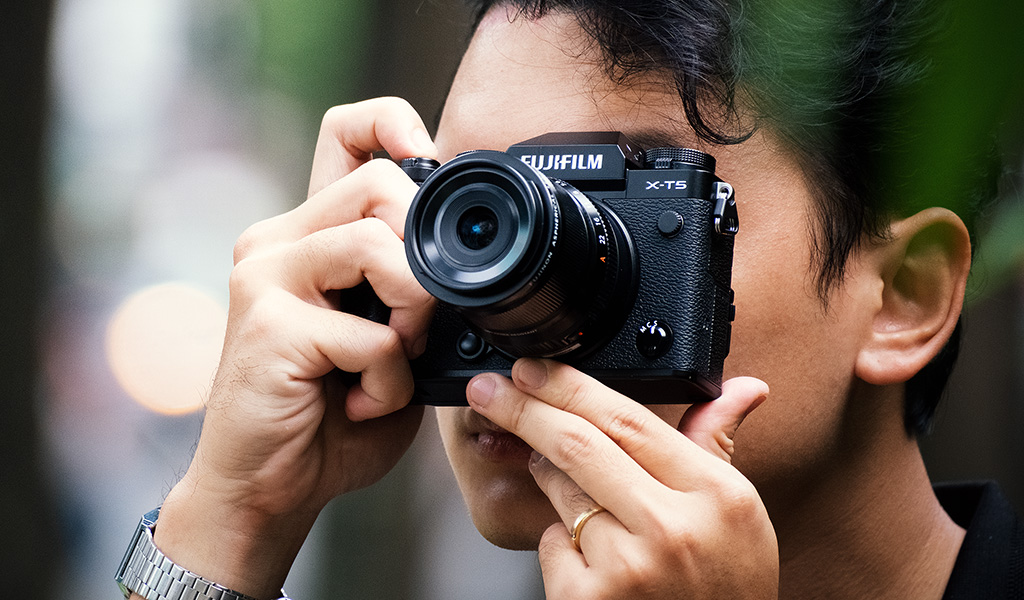
Mirrorless cameras offer a lot of value because of what they’re capable of relative to their size. They also continue to get better, and that’s what helps make them so compelling. You get some of the performance perks of a DSLR, only in a smaller and lighter body. By taking out the mirror assembly inside, manufacturers can reduce the size and use electronic viewfinders to emulate the DSLR experience.
For a vlogger or content creator, there’s a lot of value in that. Some mirrorless cameras come with full-frame image sensors, putting them on par with their DSLR counterparts. Others use APS-C sensors that are cropped, but are still highly capable in spite of their reduced size. These cameras now routinely offer 4K video recording, and have become the go-to for swaths of creators out there.

Taking further advantage
The lack of a mirror reduces the focal distance between the sensor and lens mount, which has its benefits. These cameras can often handle a wide variety of lenses, not just from the manufacturer who made the camera, but also aftermarket makers who develop their own. Some lenses differ in both focal range and aperture, giving you real food for thought in what you could produce. Use an adapter, and suddenly, you can also utilize DSLR lenses on top of it all.
The reduced size also makes it much easier to mount onto any support you’re using. Be it a tripod of varying height or size, a stabilizer gimbal, or some other mount, you’re likely going to have an easier time with a mirrorless camera than you would a DSLR.
The technology also continues to get better. Camera manufacturers release firmware updates to improve upon, or add, new features. Things like eye detection come to mind, but there are more, like animal detection, object detection, and framing tools that utilize innovative in-camera cropping techniques to truly help with solo video shoots.
Drawbacks
You may be tempted to take a mirrorless camera everywhere, including active scenarios, only you would need to be careful because they’re not made to be action cameras in the way a GoPro is, for example. There’s no waterproofing, and you want to avoid letting dust or sand get into any of the crevices or electronics inside.
That doesn’t mean you can’t experiment and have fun doing what you’re doing, just that you need to consider how delicate a mirrorless camera (and its lenses) can be sometimes. Be a little cautious, and you’re likely to reap real rewards.
Point-and-shoot cameras
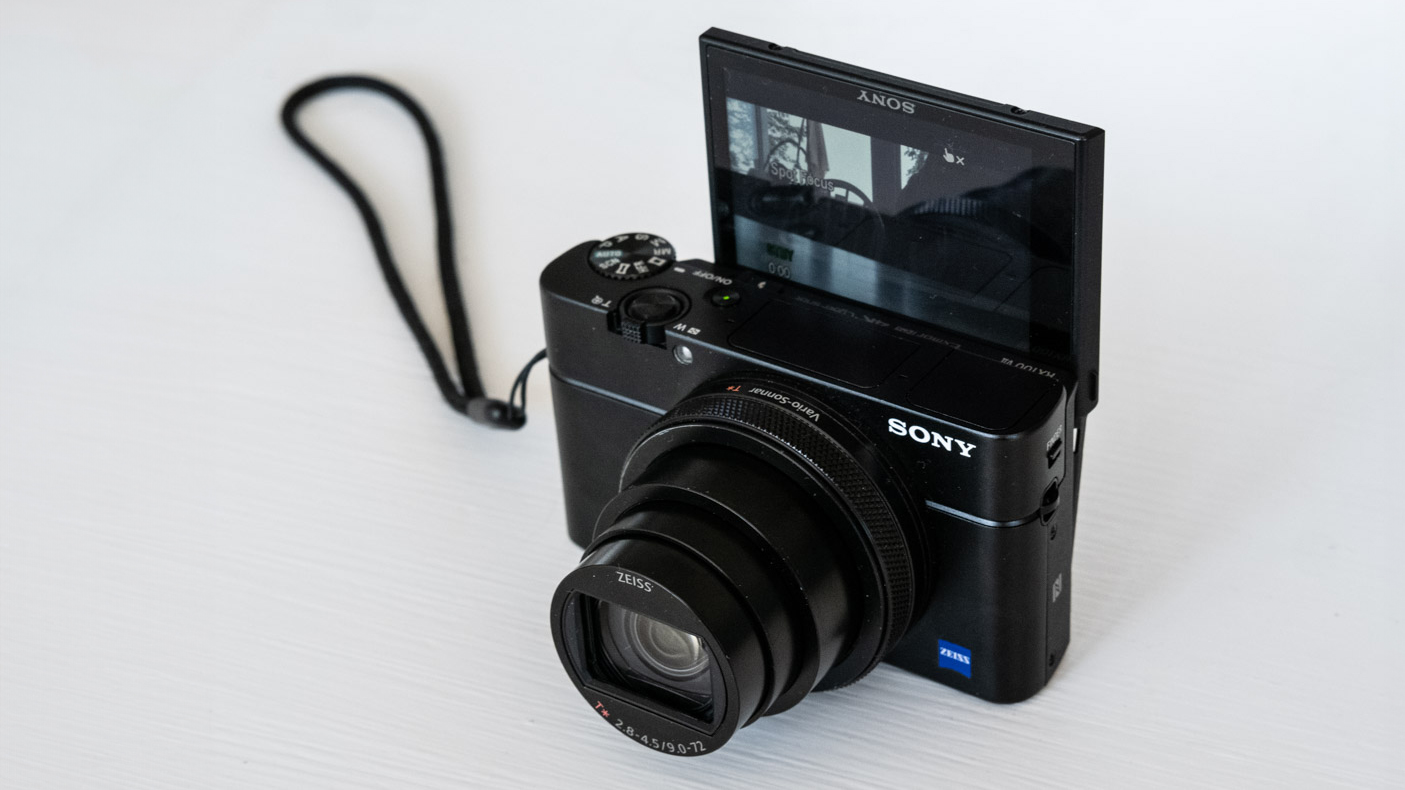
They don’t make point-and-shoot cameras like they used to, and that’s not entirely a bad thing. Needless to say, these are the easiest to take anywhere, coming in far smaller than their DSLR and mirrorless counterparts. The trade-off is you get smaller image sensors and may not be able to shoot in 4K. But if 1080p HD is good enough for you, then you certainly have a place to start here.
What sets these cameras apart from, say, smartphones is the size of the image sensor and the granular controls available. You can shoot video with full control over composition, if you like. You have the advantage of using a memory card over a phone’s own storage. And lastly, there is a subset of point-and-shoots built to work in rugged conditions.
Things to consider
Aside from the image sensor, the size and optical zoom of the lens is also a considerable factor. Phones rely more on hybrid or digital zoom to close the gap in distance, whereas point-and-shoots can often see further optically with no real degradation.
If you’re a video creator looking for a second camera to capture a different angle, a point-and-shoot may serve as a nice complement to a primary rig. If your DSLR or mirrorless handles the primary shooting responsibilities, you can always position the point-and-shoot to capture the scene from a different angle. For instance, if you like doing some talking head clips, you can change up the angle when video editing using the two clips.
If you’re just starting out as a video creator, and your camera knowledge is limited, a point-and-shoot could be a good place to start. You learn the fundamentals, and even if you graduate to a mirrorless or DSLR, you can still keep the smaller camera as a backup.
Get the camera that suits you
Seasoned video creators know that learning the tools and tricks of the trade take time, and that includes the features and subtleties of the camera. It’s a journey that should open the gates to your creative expression, regardless of what you feel your level of expertise is. Go with what you feel fits best, or what you believe will enable you to hit new heights.
Check out the latest cameras available as you venture into the next stage of your video creation journey.

